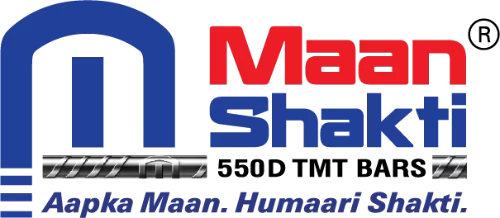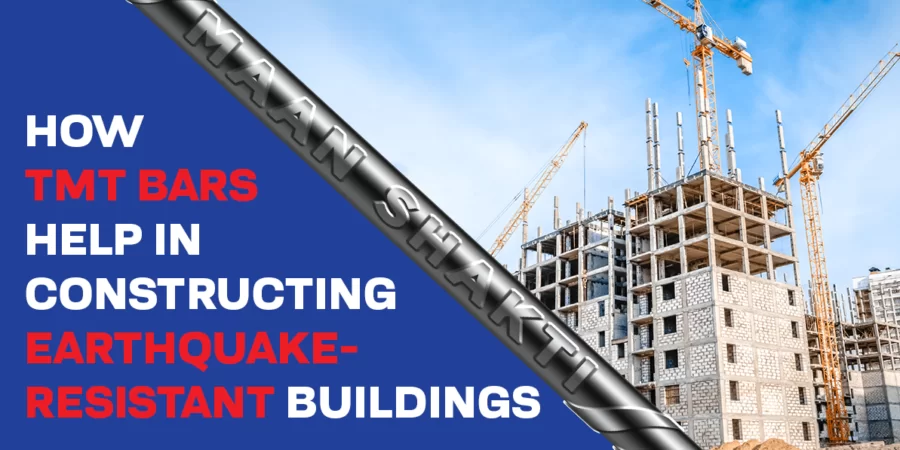Geologically, India’s positioning gives the country its unique topography. It is positioned at the northwestern end of the Indo-Australian plate, colliding with the massive Eurasian plate. The process of one tectonic plate getting under another is called subduction, which gave rise to the Himalayas in the past.
While India is coloured with its varied topography because of the evolution of this Indo-Australian tectonic plate, they are also responsible for making India susceptible to seismic activity.
Under these conditions, constructing durable structures becomes challenging. Choosing the right construction materials goes a long way in building structures that stand the test of time and protect their dwellers from natural calamities like earthquakes.
The right cement, concrete, and, most importantly, the right earthquake-resistant TMT bars should be chosen to build a structure that would be strong enough to withstand the seismic activities that India is prone to.
Seismic Activity in India
The frequency, type, and size of earthquakes that an area experiences over time is termed the seismic activity of the area concerned. The main reason that India faces so many earthquakes is that the Indian subcontinent is driving into Asia at the rate of 47 mm/year. In the past, India has experienced many devastating earthquakes, such as the Indian Ocean earthquake and tsunami of 2004 and the Kashmir earthquake of 2005.
Construction in India and Earthquake-Resistant TMT Bars
Given the seismic activity that India is exposed to, it is wise to build earthquake-resistant structures. And for that, along with other materials, choosing the right TMT is of prime importance. Here are some features that make TMT bars ideal for earthquake-prone areas.
Ductility
Ductility is the most important feature of TMT bars when it comes to seismic resistance. TMT bars are manufactured uniquely, giving them higher flexibility, which ensures that when an earthquake occurs and the building shakes up, the bars retain their structures and thus cause little or no damage to the construction.
Corrosion resistance
In the long run, corrosion also plays a vital part in weakening RCC structures. Usually, the structures with corroded bars are the first to collapse during an earthquake. The corrosion resistance of TMT bars is a unique property that’s very helpful, and the cross-rib pattern makes sure that the concrete is always tightly bonded with the steel bars. When coupled with their superior bendability, these bars keep the buildings standing even in the face of high stress.
High strength
Earthquake-resistant TMT bars also come in different grades of strength and ductility. Depending on the area where the construction is being built and the type of construction, you have a range of TMT bar grades to choose from. For example, Maan Shakti produces a range of TMT bars of different grades and different diameters. You can choose from Fe-500, Fe-550, Fe-550D, and others. These bars offer a perfect blend of strength and ductility that prevents a building from cracking or collapsing in the event of a quake.
Tips for Buying the Right TMT Bars
Lower-grade TMT bars have lower strength and higher flexibility, while it’s the opposite for higher-grade TMT bars. Among all grades, Fe-500 has the right mix of strength and flexibility and is often the preferred option in several constructions.
Buy from reputed and recognized brands that follow and maintain the industry standards when manufacturing the bars. Also, bars from reputed brands will be certified by Indian Standards, and thus, you can use them and have peace of mind that they won’t fail.
Ensure the bars are stored properly before buying them, and check for rust on them. If there’s any, do not buy that lot.
To verify how corrosion-resistant the bars are, ask the seller about the carbon content of the bars. For the best corrosion resistance, the percentage of carbon should be less than 0.25%.


Leave a Reply